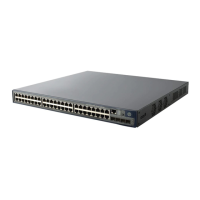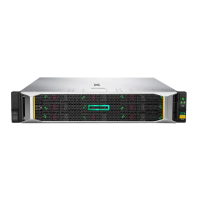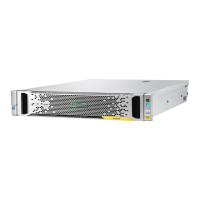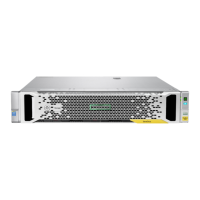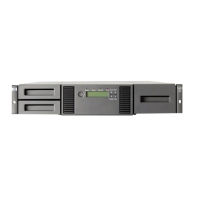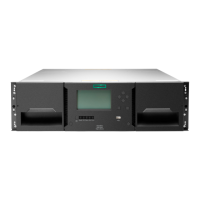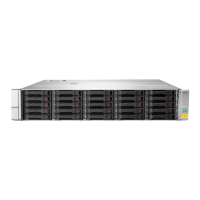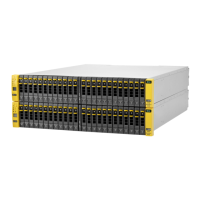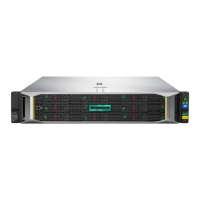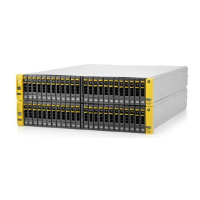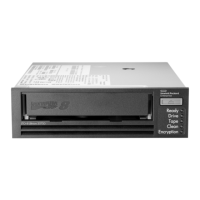To replace the component, reverse the removal procedure.
More information
Powering down the graphics expansion module
Removing the graphics expansion module from the frame
Removing the access panel
Removing and replacing the Multi-MXM graphics expansion
Removing the PCIe graphics expansion from the compute module
DIMM and NVDIMM population information
For specific DIMM and NVDIMM population information, see the DIMM population guidelines on the Hewlett Packard
Enterprise website (
http://www.hpe.com/docs/memory-population-rules).
NVDIMM sanitization
Media sanitization is defined by NIST SP800-88 Guidelines for Media Sanitization (Rev 1, Dec 2014) as "a general term
referring to the actions taken to render data written on media unrecoverable by both ordinary and extraordinary means."
The specification defines the following levels:
• Clear: Overwrite user-addressable storage space using standard write commands; might not sanitize data in areas not
currently user-addressable (such as bad blocks and overprovisioned areas)
• Purge: Overwrite or erase all storage space that might have been used to store data using dedicated device sanitize
commands, such that data retrieval is "infeasible using state-of-the-art laboratory techniques"
• Destroy: Ensure that data retrieval is "infeasible using state-of-the-art laboratory techniques" and render the media unable
to store data (such as disintegrate, pulverize, melt, incinerate, or shred)
The NVDIMM-N Sanitize options are intended to meet the Purge level.
For more information on sanitization for NVDIMMs, see the following sections in the HPE 16GB NVDIMM User Guide on the
Hewlett Packard Enterprise website (
http://www.hpe.com/info/nvdimm-docs):
• NVDIMM sanitization policies
• NVDIMM sanitization guidelines
• Setting the NVDIMM-N Sanitize/Erase on the Next Reboot Policy
Removal and replacement procedures
61
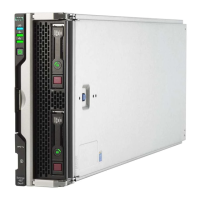
